Cubesat platform: an introduction
Dates of the course: February 2026 to June 2025
Teaching language(s): French / English
Credits: 3 ECTS
Contact: anne-laure.franc@laplace.univ-tlse.fr
Universities involved:
- Toulouse INP
- University of Toulouse
Profile and prerequisites:
- Master’s level
- Students with backgrounds in automation
- Experience with Matlab Simulink
- English level B2
Teaching modalities: Combined (on-campus + online synchronous meetings via Zoom)
Student mobility: Not required
Assessment modalities:
Pedagogical form
- 4 industrial conferences of ~2 hours (2 French, 2 Swedish)
- 22 hours of project (~4 hours per week) with regular virtual meeting points Assessment. Composed of:
- 2 lectures of 2 hours given by industrial players in the space industry (Thales Alenia Space, ONERA, CNES, SNSA, Airbus Defense and Space, OHB Sweden) during 4 hours approximately provided by Toulouse INP ENSEEIHT
- Basics on spacecraft design (including cubesats) provided by LTU (number of hours depends on the course syllabus, 4-6 hours)
- Student projects during 22 hours approximately, jointly provided by Univ1 and 2 - Winter and Summer schools for test campaign
- Quiz available on Moodle will be used to assess the student on the provided lectures.
- The student group will upload a draft of the video explaining their work. It will be reviewed asynchronously by the teachers. Based on the feedback, the students will improve it and upload a final version of the video that will be reviewed to grade the improvement based on a criteria grid.
- Reviews of the student project work will be conducted (for example, PDR and CDR) with external reviewers involved with the review outcome used for evaluation
The course is open to students from UT and LTU.
How to apply: Select your home university using the button below, and send an email to apply.
Description:
This project is an introduction to the management of a satellite platform in terms of communication, electronics (digital and analog), and power and thermal management. It is based on the use of realistic, low-cost models of 2U CubeSats, incorporating all the functions of a nanosatellite, including:
- On-Board Computer, CPU
- Communication cards
- RF frontend card
- Power management cards
- Sensors
- GPS
- Inertial unit
- Payload cards (camera)
- Solar panels
The course starts with the formulation and resolution of the two-body problem.
In this framework, we will apply these results to the dynamics of small bodies perturbed by stellar winds, introducing the idea of perturbations. We will then extend to a third body. We will develop further the notion of perturbations to look for approximate solutions to the three-body problem.
Using averaging methods, we will study solutions over very long timescales (the so-called secular perturbations). We will also study mean-motion resonances.
Lecturers:
- Gaëtan Prigent
- Oliver Bernal
- Anne-Laure Franc
Objectives: Understand the challenges of human spaceflight in flight and on ground
Course Learning Outcomes: The project is an introduction to the management of the satellite platform in terms of communication, electronics (digital and analog), power management, thermal management). It is based on the use of realistic, low-cost models of 2U cubesats, including all the functions of the nanosatellite, including:
- On Board Computer, CPU
- Communication cards
- RF frontend card
- Power management cards
- Sensors
- GPS
- Inertial unit
- Payload cards (camera)
- Solar panels







